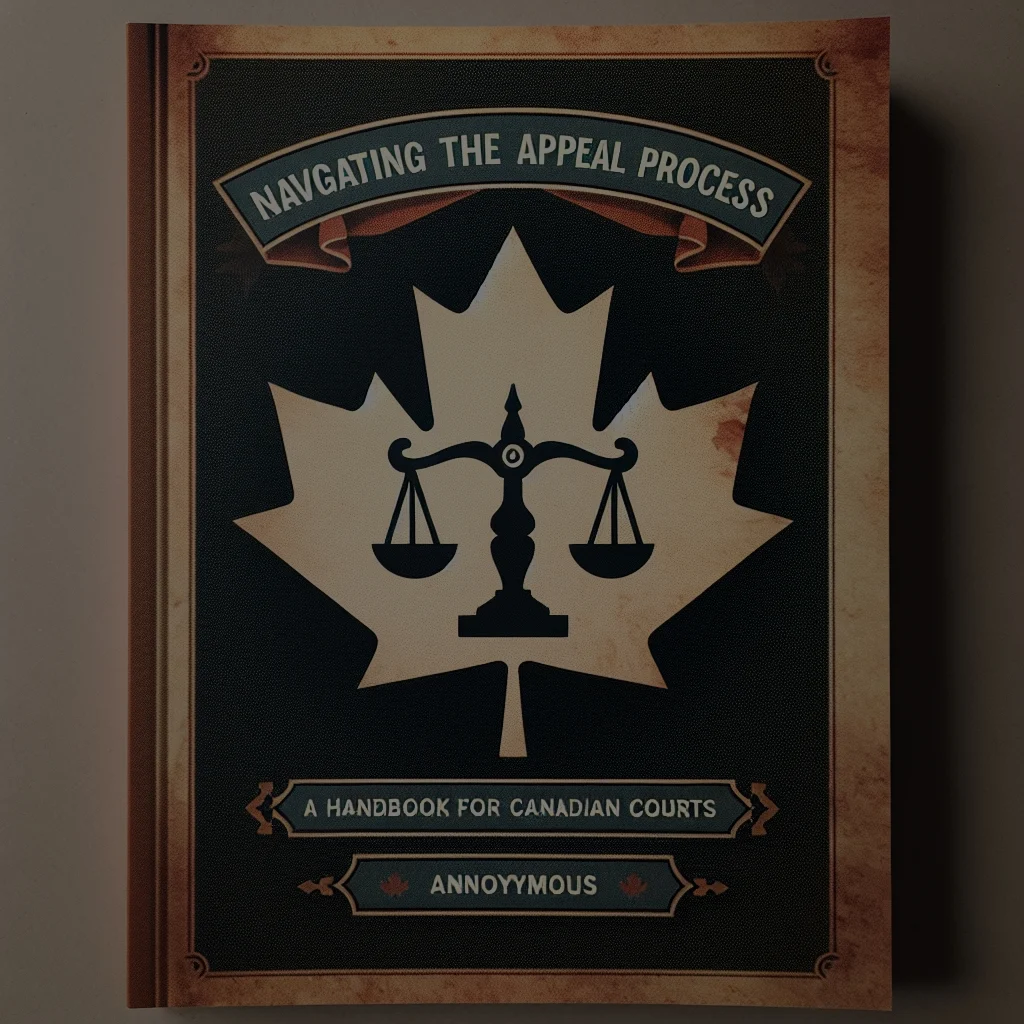In a significant ruling that echoes across the nation, the Supreme Court has denied an emergency appeal concerning abortion rights, leaving many communities grappling with the implications of this decision. The legal challenge arose from a lower court ruling that upheld strict abortion limitations in several states, raising concerns over women’s health access and reproductive rights. The Supreme Court’s decision not only underscores the ongoing contentious debate over abortion in the United States but also sets the stage for further legal battles in the coming months.
Supreme Court Denies Emergency Appeal on Abortion Rights
The Supreme Court’s denial of the emergency appeal marks a pivotal moment in the ongoing struggle for abortion access across the country. The case, which challenged state-level restrictions on abortion access, was seen as a potential avenue for the Court to clarify or even overturn previous rulings that guaranteed abortion rights under Roe v. Wade. By refusing to intervene, the Court has allowed the lower court’s ruling to stand, which significantly limits the ability of women to obtain timely and safe abortion services in several states.
Legal analysts suggest that this decision reflects the current composition of the Court, which has leaned more conservatively in recent years. The refusal to grant the emergency appeal indicates a reluctance among the justices to wade into the fraught waters of abortion rights, particularly in the wake of the Dobbs v. Jackson Women’s Health Organization ruling that overturned Roe v. Wade. As a result, many states are now empowered to enforce stricter regulations, with little recourse for those seeking abortions.
The ramifications of this ruling extend beyond the immediate legal landscape, as it signals to state legislatures that they can continue to pass restrictive abortion laws with a lower risk of federal intervention. The decision also serves as a rallying point for both advocates and opponents of abortion rights, intensifying the national discourse and mobilizing grassroots efforts on both sides of the debate.
Implications of the Court’s Decision for Women’s Health Access
The Supreme Court’s ruling has profound implications for women’s health access in the United States, particularly in states that have enacted or are considering strict abortion regulations. With the legal landscape becoming increasingly hostile to reproductive rights, many women may find themselves with fewer options when it comes to accessing safe and legal abortion services. This decision exacerbates existing disparities in healthcare access, particularly for marginalized communities who may lack the resources to travel to states with more lenient abortion laws.
Moreover, the Court’s refusal to take up the appeal raises concerns about the potential criminalization of healthcare providers who perform abortions in states with restrictive laws. Medical professionals may now face legal repercussions for offering necessary care, creating an environment of fear and uncertainty within the healthcare community. This chilling effect could lead to a decline in the number of providers willing to offer abortion services, further limiting access for women who need them.
In light of these challenges, advocates for women’s health are gearing up for a renewed push for legislative protections at both state and federal levels. The ruling could catalyze efforts to expand access to reproductive health services, as public sentiment increasingly favors the protection of abortion rights. This moment may serve as a turning point for those advocating for a more equitable healthcare system that prioritizes women’s autonomy and health.
Legal Landscape Post-Ruling: What Comes Next for Abortion?
In the wake of the Supreme Court’s decision, the legal landscape surrounding abortion rights is poised for significant shifts. With the Court’s denial of the emergency appeal, several states may move forward with enacting or enforcing their restrictive abortion laws. This situation could lead to a patchwork of regulations across the nation, wherein women’s access to abortion services will largely depend on their geographic location.
Legal experts predict that this fragmentation of abortion rights could spur a wave of litigation as individuals and organizations challenge state laws in court. Some states may face lawsuits aimed at protecting abortion access, while others may see efforts to uphold and expand existing restrictions. The ongoing legal battles will likely draw considerable public attention, further igniting the political discourse surrounding reproductive rights.
In addition to litigation, state legislatures may also take action to address the implications of this ruling. Some states may seek to codify abortion rights into law, while others may pursue measures that further restrict access. This evolving legal landscape presents challenges and opportunities for both advocates and opponents of abortion rights, as the battle over reproductive health continues to unfold in courtrooms and statehouses across the country.
Reactions and Responses from Advocates and Legislators Nationwide
The Supreme Court’s recent decision has elicited a wide array of reactions from advocates and legislators across the nation. Proponents of abortion rights have expressed disappointment and anger, viewing the denial of the emergency appeal as a setback for women’s autonomy and health. Advocacy organizations, such as the American Civil Liberties Union and Planned Parenthood, have vowed to continue fighting for reproductive rights, emphasizing the need for a concerted grassroots movement to counter restrictive state laws.
Conversely, anti-abortion advocates have celebrated the ruling as a victory for the pro-life movement. Many have framed the decision as a validation of states’ rights to regulate abortion, reinforcing their ongoing efforts to pass more stringent legislation. Organizations like Focus on the Family and others are mobilizing supporters to push for further restrictions, viewing this moment as an opportunity to solidify their agenda in the wake of the Supreme Court’s ruling.
The political implications of the ruling are also notable, as it may influence upcoming elections at both state and federal levels. Legislators on both sides of the aisle are responding to their constituents’ concerns, with some pushing for protective measures while others are doubling down on restrictive policies. As public sentiment regarding abortion rights continues to evolve, the landscape of American politics is likely to shift, making reproductive rights a pivotal issue in future electoral contests.
The Supreme Court’s rejection of the emergency appeal on abortion rights marks a critical juncture in the ongoing national debate over reproductive health. The decision not only impacts women’s access to healthcare but also sets the stage for a complex legal and political landscape moving forward. As advocates, legislators, and citizens respond to this ruling, the future of abortion rights in America remains uncertain, with battles likely to continue on multiple fronts in the months and years to come. The unfolding situation will serve as a litmus test for the nation’s values and priorities regarding women’s health and personal autonomy.


